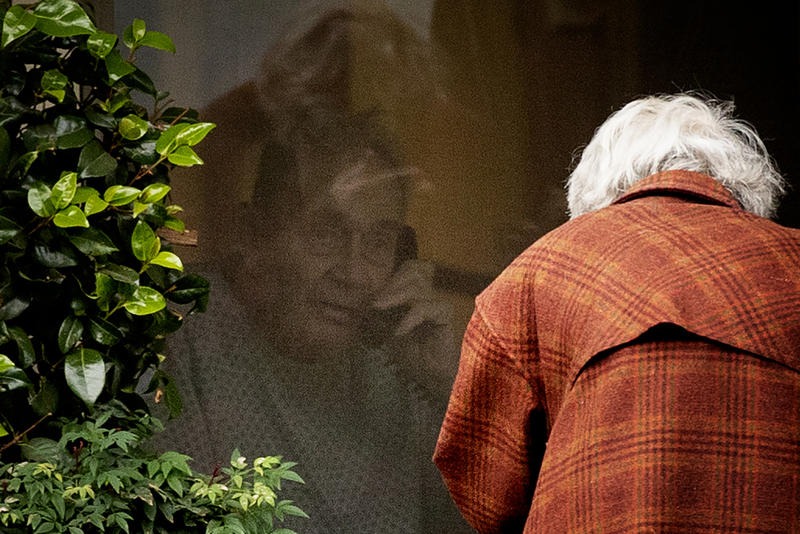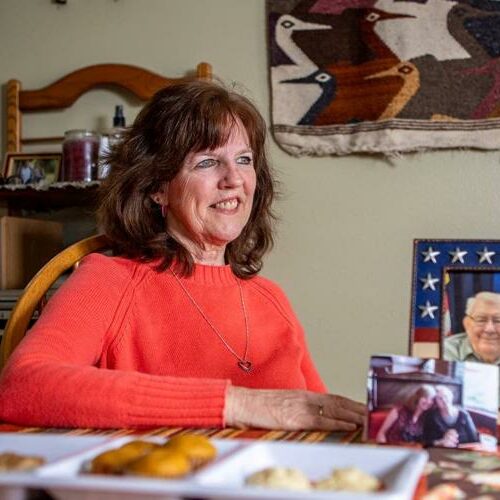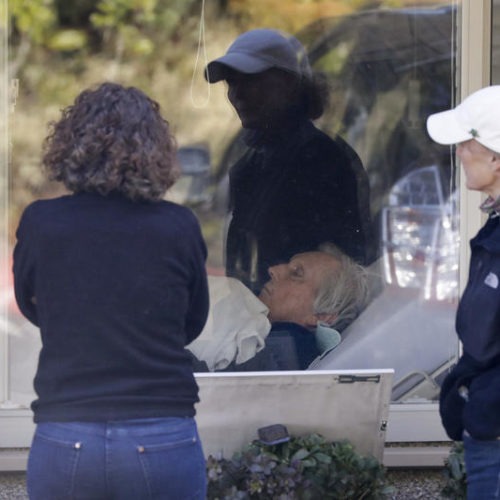
After Months Of Lockdown, New Plans For Washington State Care Facilities Will Allow Family Visits
READ ON
Washington Governor Jay Inslee announced new regulations Thursday for long-term care facilities, such as nursing homes, that give families better visiting options. These facilities, where people with vulnerable conditions reside, were put on lockdown as the pandemic began to spike this past spring.
“I’m very pleased today to say that we have come far enough both in our restraint of the pandemic and in our ability to develop protocols that will work to continue to protect the physical health of our residents while giving them much greater contact with their loved ones,” Inslee said during a press conference in Olympia. “More grandmothers visiting their grandchildren. It will mean more fathers visiting their sons. It will mean more friends getting together,” he said.
The state has developed a new four phase plan for the long-term care settings. This plan is entirely separate from the four phase protocol for reopening Washington state counties.
- 1st phase: Allow compassionate care visits, window visits, remote visits, and outdoor visits limited to two per day.
- 2nd phase: Allow indoor visits, but limited.
- 3rd phase: More visits; easing up on restrictions.
- 4th phase: Return to normal visitation.
In order to move forward in the phases, a long-term care facility has to go 28 days without staff or residents testing positive for COVID-19. They must also have a 14-day supply of personal protective equipment. Phases for facilities will also be based on conditions in the county they reside. Areas with higher transmission rates will have slower openings at healthcare facilities.
As of Aug. 4, there have been 5,694 cases of COVID-19, and 894 deaths, associated with long-term care facilities in Washington state. These cases include residents, employees and staff.
State Secretary of Health John Wiesmann said Thursday that data clearly shows that the elderly population is more at risk during the pandemic. He stressed that limiting activity outside the facilities in daily life will add up to improved conditions for Washington’s vulnerable populations.
Inslee echoed that sentiment.
“We know this virus is extremely active and we know that we are acting outside of these facilities to take care of folks inside by wearing masks,” Inslee said.
” I’m serious when I say that I hope people, the next time they think about going to a big party where they are going to hang around 20-30 people, not wearing masks, standing shoulder-to-shoulder, breathing on each other, I hope you think about the lives that would cost, the people that you love who might be in a long-term care facility, or yourself for that matter.”
Related Stories:

Grieving During The Pandemic – Part Two
In happier times – Theda Killgore with her great-granddaughter Chelsea Listen Read During the pandemic, many people who lost loved ones had limited access to say their final goodbyes due

Grieving During The Pandemic – Part One
Nan Orton sits at her kitchen table with photos of her parents. Photo by Austin Johnson/Lewiston Tribune Listen Read During the pandemic, many people who lost loved ones had limited

4 Ways Our Understanding Of The Coronavirus Has Changed A Year Into The Pandemic
This month marks one year since the coronavirus pandemic swiftly upended daily life in the United States. In 2020, March brought about emergency declarations and indefinite school closures, followed by record unemployment claims and dozens of stay-at-home orders. By the end of the month, millions of people were either told to stay inside under lockdown or continue carrying out work deemed essential to keep society running.















